
―This is what happened one day when the editorial department was searching for dinner...
|A: FUN! JAPAN New Editor (living in Japan for a year)|B: FUN! JAPAN Veteran Japanese Staff|
A: I feel like eating meat today.
B: Look there (pointing to the izakaya sign in front), today's daily menu is a set meal of Sakura Niku.
A: Wait, do Japanese people eat sakura (cherry blossoms)?
Of course, they don't exactly eat cherry blossoms ―
In the deep world of Japanese language, it is not uncommon for words that are familiar to us on a daily basis to have completely different meanings in different contexts. The world-famous "Sakura" often refers to "flowers," but in fact it stands for "meat."
Just like our new editor Mr. A, if you are a beginner in Japanese language, you may once misunderstand a polysemous word that has two or more meanings. For Mr. A, who is studying Japanese hard, and for FUN! JAPAN readers who are curious about Japanese, today we would like to introduce Japanese words that have a slightly unexpected meaning.
An era when meat consumption was prohibited. Both "Sakura" and "Momiji" referred to meat!?
As soon as new editor Mr. A returned to the office that day, he immediately opened his computer and tried to find out the meaning of "Sakura Niku".
Sakura (cherry blossoms) and Momiji (autumn leaves) represent parts of the four seasons. It is common to refer to plants, but surprisingly they turned out to be used as "Ingo" (隠語: jargon) for meat.
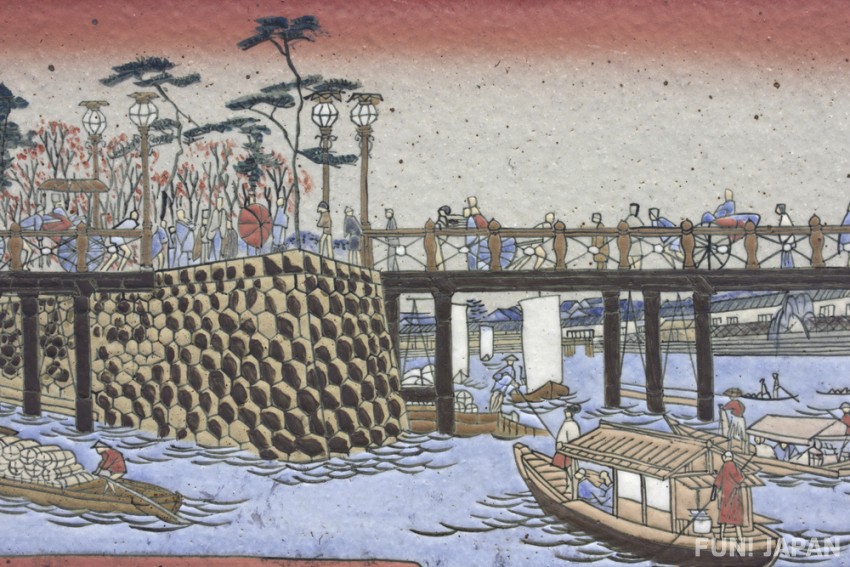
"Ingo" is a word or phrase that can only be understood by friends or collegues. Although there has been a tradition of eating meat in Japan for a long time, in 675AD during Asuka period, Emperor Tenmu, following the Buddhist ban on killing, issued the "Imperial Decree Banning Meat-eating" which banned consumption of meat from cattle, horses, dogs, monkeys, and chickens. Since then, the ban on eating meat continued during the Heian period (794-1180AD) and the Kamakura period (1180-1336AD). Furthermore, even during the Edo period (1600-1868AD) which was a feudal society, Tsunayoshi Tokugawa, the fifth shogun of the Edo Shogunate, issued the "Edicts on Compassion for Living Things" and banned meat eating. Thus in Japan, a culture of intermittently avoiding meat eating continued for about 1,200 years.
During the Edo period, when Buddhist ideas were strong, shops and restaurants offering meat began to attract customers using the names of flowers and plants as a measure against the ban on eating meat, and secretly offered meat. It is said that the common people bought it while paraphrasing it as a plant so that it would not be subject to punishment. There are various theories about the origins of the jargon for each meat, but the general roots are as follows.
* When used as a jargon, it is generally expressed in hiragana and katakana letters instead of kanji.
【Horse Meat】<さくら / Sa-ku-ra>
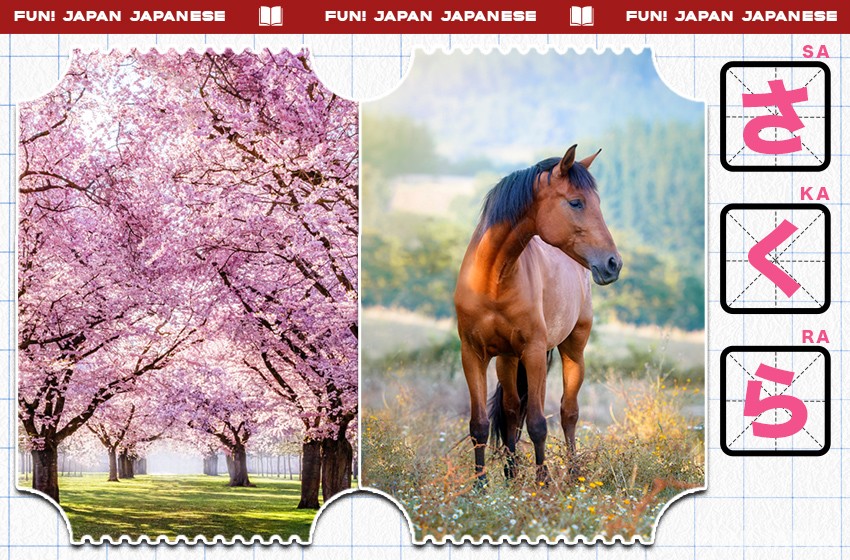
- Because when the horse meat is cut, the lean part is a vivid "vermilion / cherry color".
- Because horses eat a lot of grass and grains during the winter, and the horse meat during the cherry blossom season is fatty and beautiful.
- Because the horse ranch under the direct control of the Shogunate was located around the Sakura area (佐倉: currently northern part of Chiba prefecture), and "when you think of horse, it has to be Sakura" (as in the name of the area).
【Venison】<もみじ / Mo-mi-ji>

- Because the momiji (紅葉: autumn leaves) and deer are drawn together in the Hanafuda (a type of Japanese karuta card game) for the pattern of October: "Deer and Autumn Leaves" (鹿に紅葉).
【Duck Meat】<いちょう / I-cho-u>
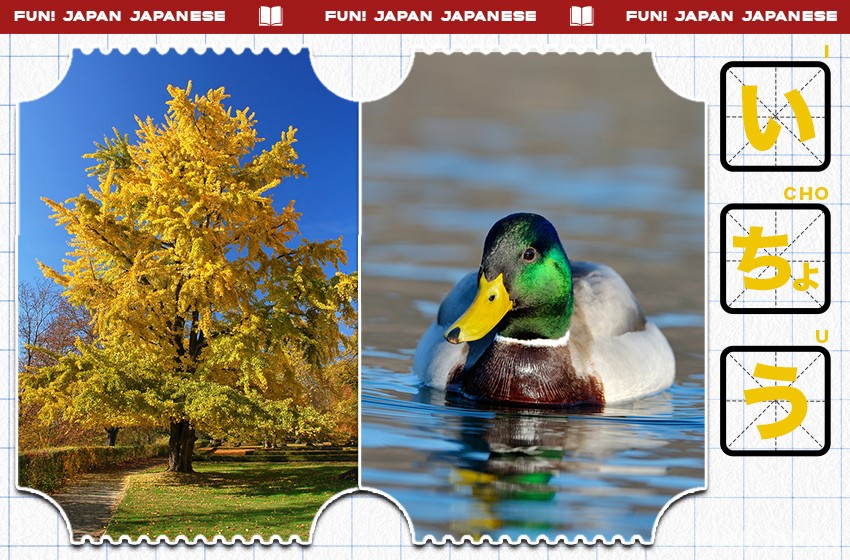
- Because the leaves of the ginkgo tree (called Ginnan or Ichou in Japanese) resemble the legs of a duck
That said, If you see "さくら" (Sakura) or "もみじ" (Momiji) in an izakaya, don't be wondering that "do Japanese people really eat flowers and leaves?" (lol)
In addition, there are many other meats that are also known as plants similar to how "Sakura = horse meat" and "Momiji = venison".
【Boar Meat】<ボタン / Bo-tan>
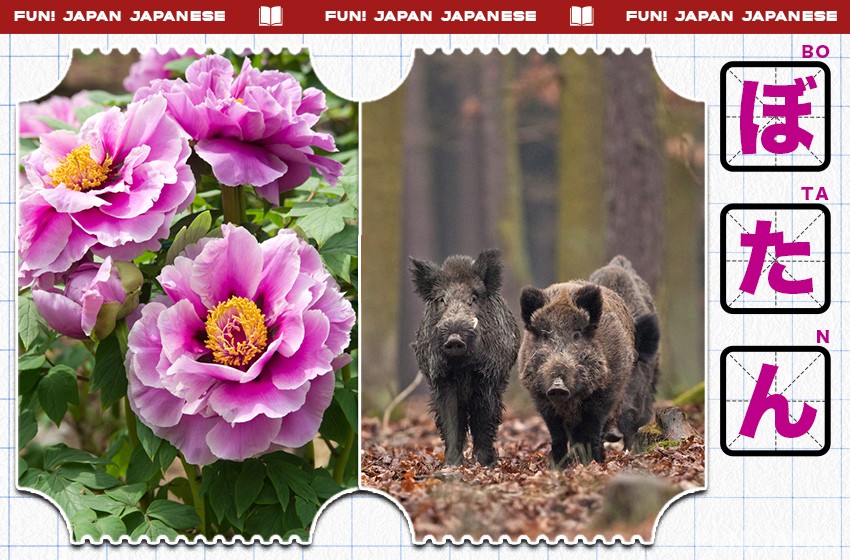
- Because when the boar meat is cut and served it on a plate, it was decorated like a "Botan" (牡丹: peony flower).
By the way, in the latter half of the Edo period, the generic name for wild game (mainly wild boar meat) was also called "Kujira" (written as '山鯨', Kujira means whale). Since whales were considered fish at that time, whale meat was a safe ingredient to eat.
【Chicken Meat】<かしわ / Ka-shi-wa>
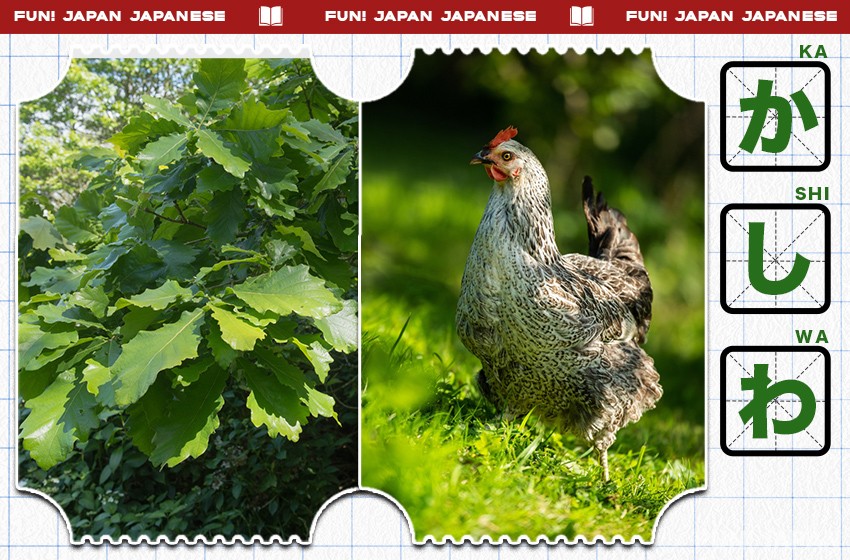
- Because the color of the chicken meat resembled that of the browned Kashiwa (柏: Oak) leaves.
- Because the flapping of a chicken's wings resembles the appearance of people doing the "kashiwa-te" (かしわ手), which is the clapping of hands to make a sound when praying at the shrine.
Trivia you should know ①: What are the jargons of beef and pork?
The "ingo" (jargon), which is familiar only to those who understand it in this way, has been used idiomatically even after the Edo period and has been passed down to the present day.
…wait? If there are jargons for horse meat, venison, and chicken, then how about those for beef or pork?
For those who think like that, well, Bravo!
In fact, cows and pigs were rarely eaten in the Edo period, so there was no need to give them a different name. The custom of eating cows and pigs began to spread after the Meiji era (1868-1912AD). Now that the people can eat meat in a dignified manner, they didn't even need the jargon to call it secretly.
Trivia you should know ②: Meat was a "medicine"!?
The "Edicts on Compassion for Living Things" forced the meat restaurants to change. The shopkeepers came up with and idea; a drugstore.
At that time, drugstores sold meat because it was effective as a nourishing tonic. It is said that the shogunate has tolerated the sale of meat at drug stores because banning meat sold at drug stores will affect people's health.
The road to improving Japanese level continues...
In addition to the jargons introduced above, there are many other meat with different names such as puffer fish meat were called "Teppo" (テッポウ: a matchlock) because people can die if its deadly poison "hits", while rabbit meat were given a name of "Getsuyo" (月夜: moon night) because there are stories of rabits "living in the moon".
If you have read this article so far, perhaps you have improved your Japanese a little like our new editor Mr. A, don't you think?
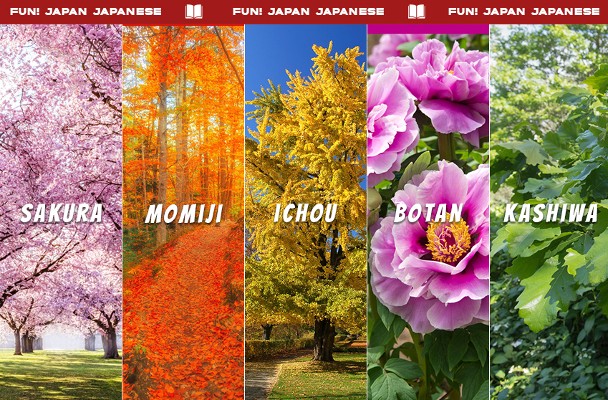
Comments